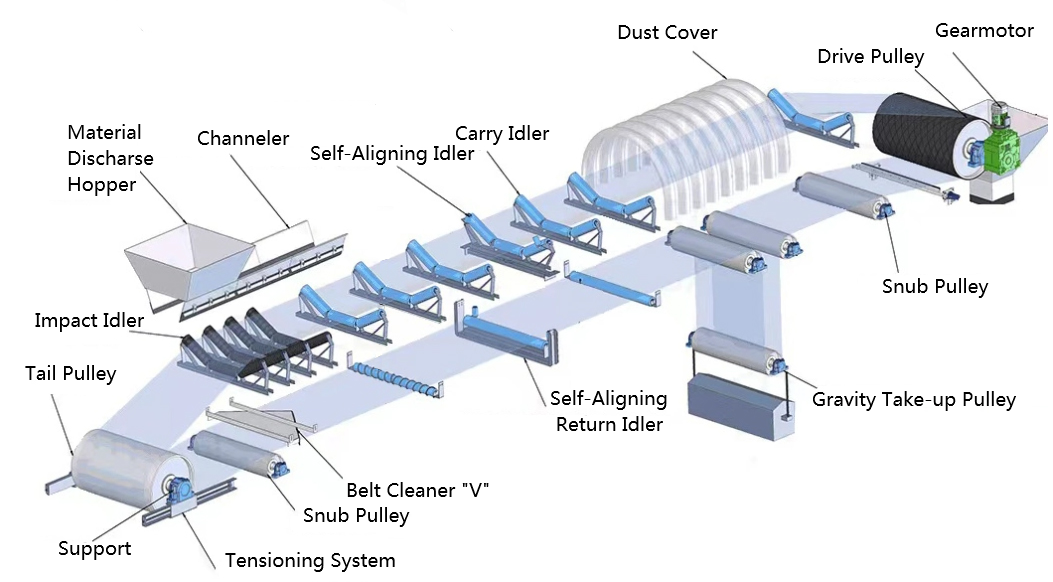 Afrikaans
Afrikaans  Albanian
Albanian  Amharic
Amharic  Arabic
Arabic  Armenian
Armenian  Azerbaijani
Azerbaijani  Basque
Basque  Belarusian
Belarusian  Bengali
Bengali  Bosnian
Bosnian  Bulgarian
Bulgarian  Catalan
Catalan  Cebuano
Cebuano  Corsican
Corsican  Croatian
Croatian  Czech
Czech  Danish
Danish  Dutch
Dutch  English
English  Esperanto
Esperanto  Estonian
Estonian  Finnish
Finnish  French
French  Frisian
Frisian  Galician
Galician  Georgian
Georgian  German
German  Greek
Greek  Gujarati
Gujarati  Haitian Creole
Haitian Creole  hausa
hausa  hawaiian
hawaiian  Hebrew
Hebrew  Hindi
Hindi  Miao
Miao  Hungarian
Hungarian  Icelandic
Icelandic  igbo
igbo  Indonesian
Indonesian  irish
irish  Italian
Italian  Japanese
Japanese  Javanese
Javanese  Kannada
Kannada  kazakh
kazakh  Khmer
Khmer  Rwandese
Rwandese  Korean
Korean  Kurdish
Kurdish  Kyrgyz
Kyrgyz  Lao
Lao  Latin
Latin  Latvian
Latvian  Lithuanian
Lithuanian  Luxembourgish
Luxembourgish  Macedonian
Macedonian  Malgashi
Malgashi  Malay
Malay  Malayalam
Malayalam  Maltese
Maltese  Maori
Maori  Marathi
Marathi  Mongolian
Mongolian  Myanmar
Myanmar  Nepali
Nepali  Norwegian
Norwegian  Norwegian
Norwegian  Occitan
Occitan  Pashto
Pashto  Persian
Persian  Polish
Polish  Portuguese
Portuguese  Punjabi
Punjabi  Romanian
Romanian  Russian
Russian  Samoan
Samoan  Scottish Gaelic
Scottish Gaelic  Serbian
Serbian  Sesotho
Sesotho  Shona
Shona  Sindhi
Sindhi  Sinhala
Sinhala  Slovak
Slovak  Slovenian
Slovenian  Somali
Somali  Spanish
Spanish  Sundanese
Sundanese  Swahili
Swahili  Swedish
Swedish  Tagalog
Tagalog  Tajik
Tajik  Tamil
Tamil  Tatar
Tatar  Telugu
Telugu  Thai
Thai  Turkish
Turkish  Turkmen
Turkmen  Ukrainian
Ukrainian  Urdu
Urdu  Uighur
Uighur  Uzbek
Uzbek  Vietnamese
Vietnamese  Welsh
Welsh  Bantu
Bantu  Yiddish
Yiddish  Yoruba
Yoruba  Zulu
Zulu Understanding Idler and Roller Components in Conveyor Systems for Enhanced Efficiency
The Importance of Idler and Roller Systems in Modern Machinery
In the realm of modern machinery, idler and roller systems play a crucial role in ensuring efficiency and functionality across various industrial applications. These components, often overlooked in their complexity, are integral to conveyor systems, manufacturing processes, and even transportation. Understanding their significance not only aids in appreciating modern engineering but also highlights the advancements in design and technology that facilitate better performance and longevity.
Idlers are passive components used to support and guide the movement of conveyor belts. They are essential in maintaining the correct tension in a conveyor system, which is vital for preventing slippage and wear. Typically made from durable materials, idlers are designed to withstand significant loads and harsh conditions. Their design can vary depending on the specific application, with options for flat idlers, rubber-coated types, and even those with bearings to enhance rotation and reduce friction.
On the other hand, rollers serve a similar function in different contexts. While idlers primarily support belts, rollers are often used in various systems to assist in the movement of goods and materials. Rollers can be found in roller conveyors, which utilize gravity or powered systems to move items from one location to another. This versatility makes them essential not only in manufacturing but also in logistics and warehousing.
idler and roller

One of the key advantages of using idler and roller systems is their ability to improve the overall efficiency of material handling systems. By reducing friction and ensuring smooth operation, these components contribute to decreased energy consumption and enhanced productivity. In industries where time is money, the role of idlers and rollers cannot be understated. They ensure that products move swiftly and reliably through production lines, directly impacting output rates and operational costs.
Moreover, advancements in technology have led to the development of specialized idlers and rollers that cater to specific needs. For instance, anti-static rollers are employed in electronic component manufacturing to prevent static electricity buildup that could damage sensitive devices. Similarly, high-temperature idlers are available for industries that deal with extreme conditions, ensuring that materials are transported safely without compromising performance.
Maintenance of idler and roller systems is also a crucial consideration. Regular inspections and timely replacements can prevent costly downtimes due to equipment failure. Installing high-quality components and utilizing precision engineering can extend the lifecycle of these systems, leading to significant cost savings for businesses in the long run.
In conclusion, idler and roller systems are vital components of modern machinery that contribute significantly to the efficiency and reliability of industrial operations. Their roles in supporting and facilitating the movement of materials are essential to various sectors, from manufacturing to logistics. As technology continues to evolve, these systems will likely become even more advanced, further enhancing their functionality and the benefits they provide to industries around the globe. Recognizing their importance can lead to better design choices, improved maintenance strategies, and ultimately, greater success in business endeavors.
-
Revolutionizing Conveyor Reliability with Advanced Rubber Lagging PulleysNewsJul.22,2025
-
Powering Precision and Durability with Expert Manufacturers of Conveyor ComponentsNewsJul.22,2025
-
Optimizing Conveyor Systems with Advanced Conveyor AccessoriesNewsJul.22,2025
-
Maximize Conveyor Efficiency with Quality Conveyor Idler PulleysNewsJul.22,2025
-
Future-Proof Your Conveyor System with High-Performance Polyurethane RollerNewsJul.22,2025
-
Driving Efficiency Forward with Quality Idlers and RollersNewsJul.22,2025





























